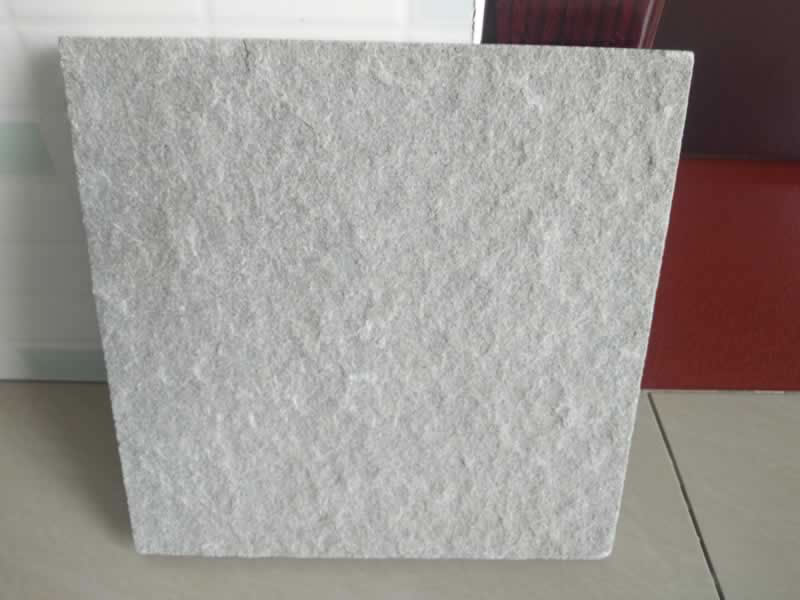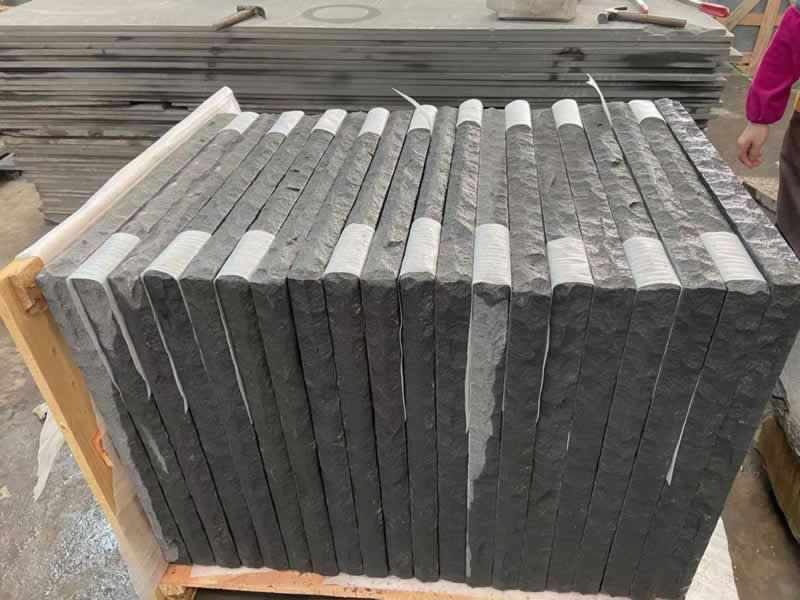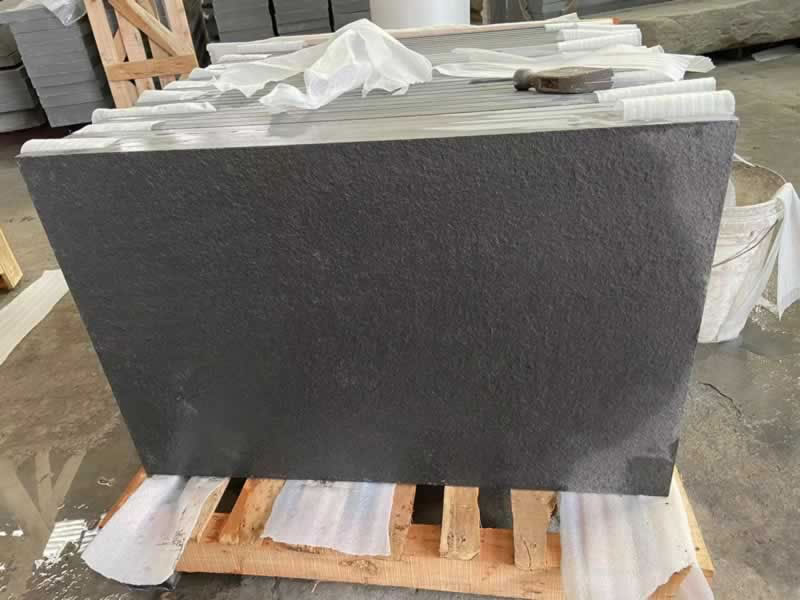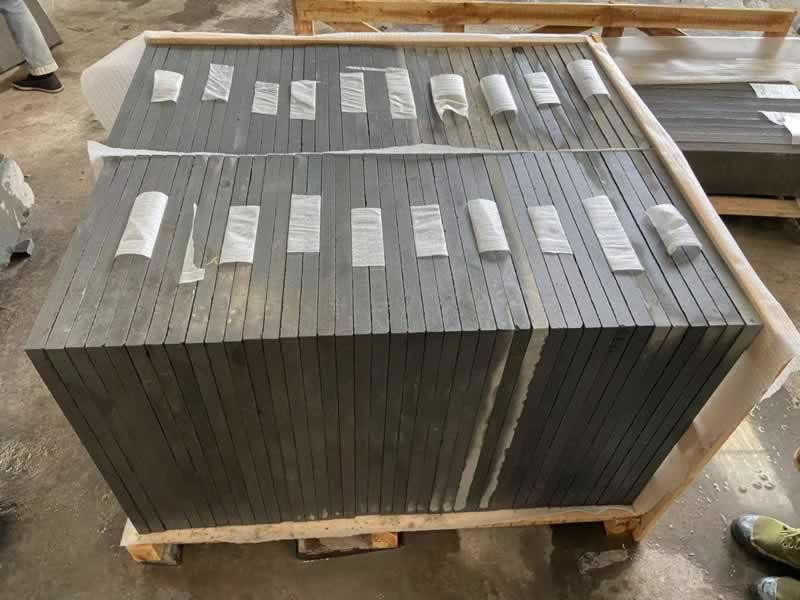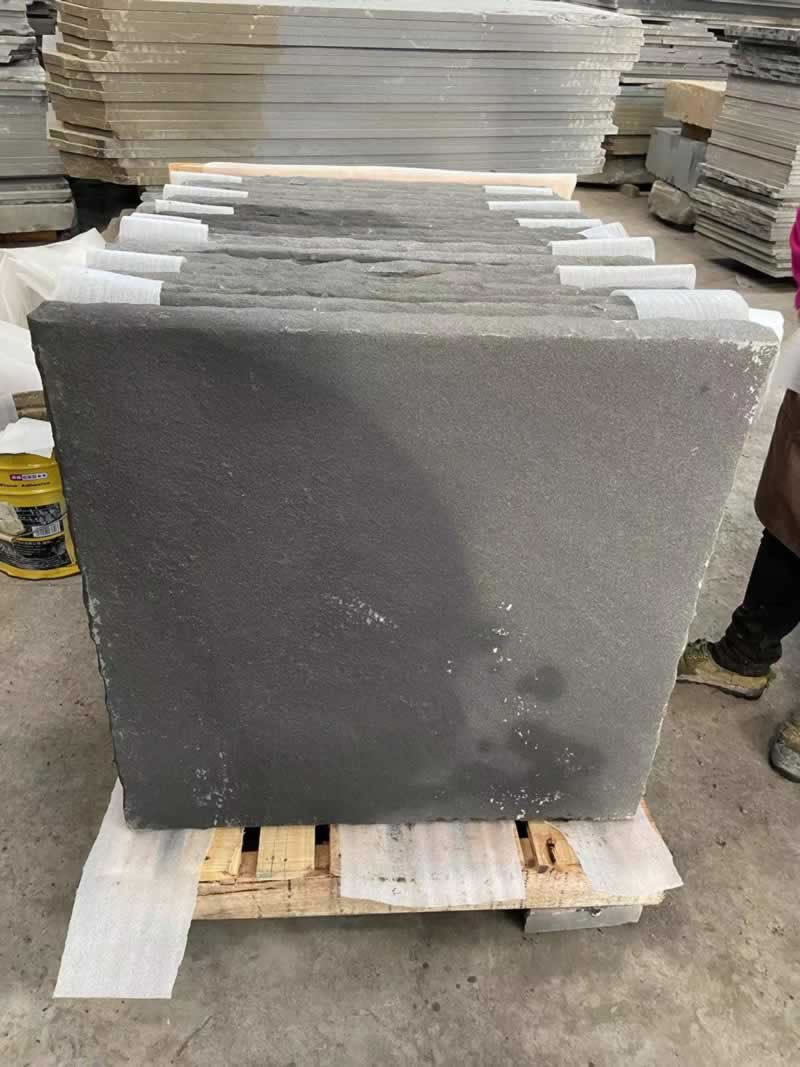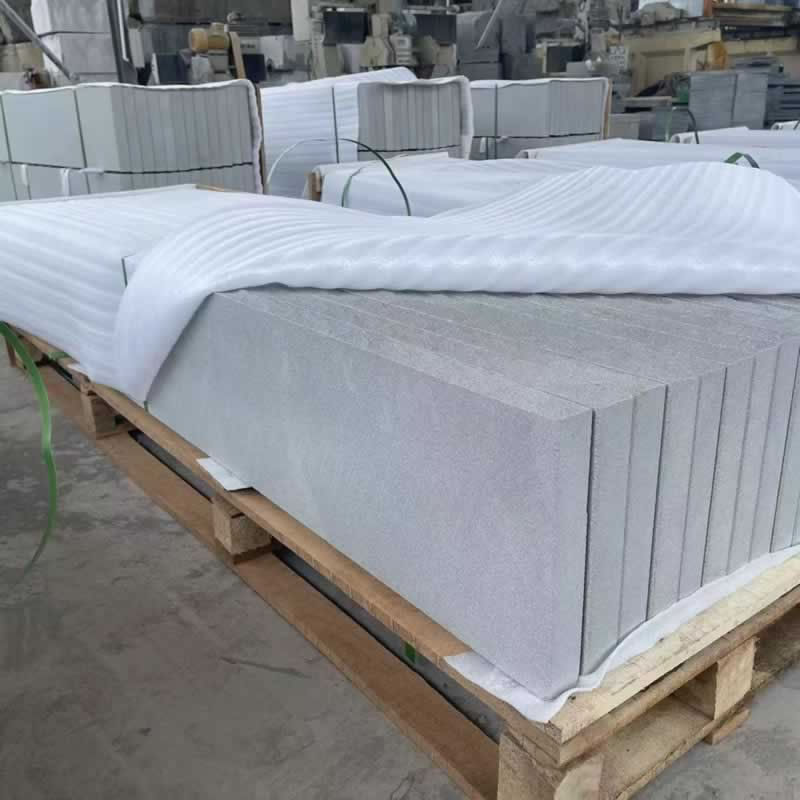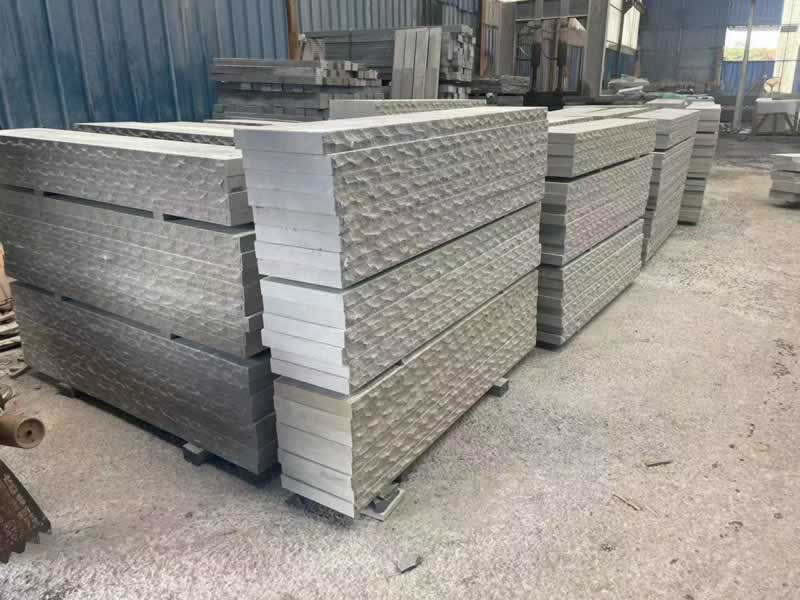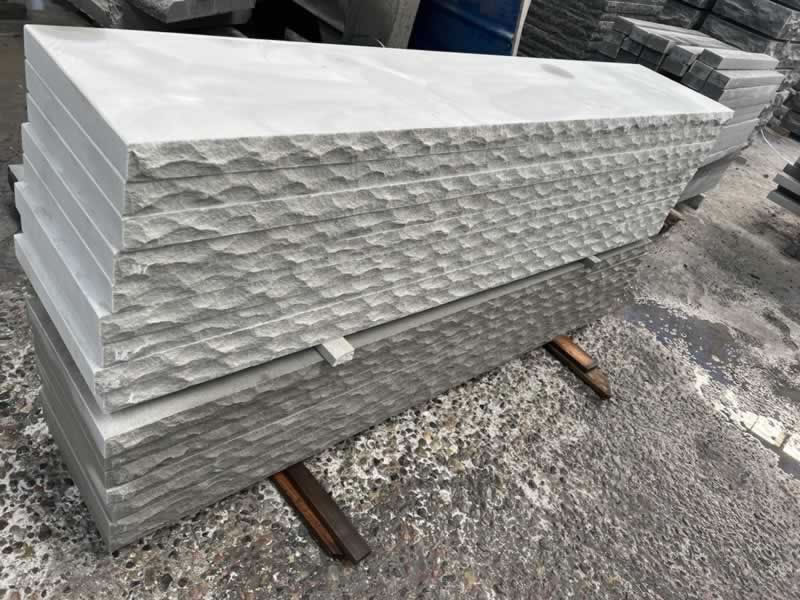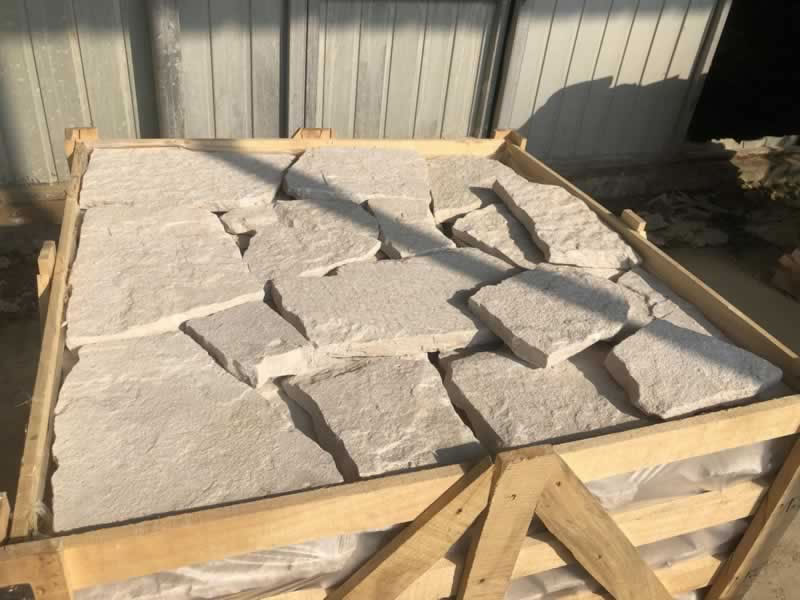Sandstone Tiles for Flooring: A Blend of Beauty and Durability
Sandstone, a sedimentary rock formed from compressed sand grains, has been used in construction for centuries. Today, sandstone tiles have become a sought-after option for flooring, offering a unique combination of aesthetic appeal and practical benefits.
Natural Aesthetics
One of the most captivating features of sandstone tiles is their natural beauty. Each tile showcases a distinct pattern and color palette, ranging from warm earthy tones like beige, tan, and rust to cooler hues of gray and blue. These variations are a result of the different minerals and fossils embedded within the stone during its formation. Whether you prefer a rustic, traditional look or a more contemporary style, sandstone tiles can enhance the visual appeal of any space, adding a touch of elegance and charm.
Durability and Longevity
Sandstone is a durable material that can withstand heavy foot traffic, making it suitable for both residential and commercial flooring applications. When properly installed and maintained, sandstone tiles can last for decades, providing a long-term flooring solution. While not as hard as some other natural stones like granite or quartz, sandstone’s inherent strength allows it to resist scratches and chips relatively well. However, it’s important to note that sandstone is a porous material, which means it requires regular sealing to protect it from stains and moisture damage.
Versatility in Design
Sandstone tiles come in a variety of sizes, shapes, and finishes, offering endless design possibilities. Common sizes include 12x12 inches, 18x18 inches, and 24x24 inches, but custom sizes can also be ordered to suit specific project requirements. The tiles can be cut into various shapes such as squares, rectangles, hexagons, or even intricate patterns to create unique flooring designs. Additionally, sandstone tiles are available in different finishes, including polished, honed, tumbled, and brushed. A polished finish gives the tiles a smooth, shiny surface, while a honed finish provides a more matte, subtle look. Tumbled and brushed finishes add texture and character, giving the tiles an aged, rustic appearance.
Installation and Maintenance
Installing sandstone tiles requires some level of expertise and attention to detail. It’s recommended to hire a professional installer who has experience working with natural stone to ensure proper installation and avoid issues such as uneven surfaces or grout lines. Once installed, sandstone tiles need regular maintenance to keep them looking their best. This includes sweeping or vacuuming regularly to remove dirt and debris, mopping with a mild, pH-neutral cleaner, and reapplying a sealant every 1-3 years, depending on the level of use and exposure.
Environmental Friendliness
Sandstone is a natural, sustainable material that is extracted from the earth without the use of harmful chemicals or excessive energy. Choosing sandstone tiles for your flooring is an environmentally conscious decision that reduces your carbon footprint. Additionally, as a long-lasting material, sandstone tiles don’t need to be replaced frequently, further minimizing waste.
In conclusion, sandstone tiles offer a perfect blend of beauty, durability, and versatility, making them an excellent choice for flooring in a wide range of settings. Whether you’re looking to create a cozy, inviting living room or a stylish, sophisticated commercial space, sandstone tiles can transform your floors and elevate the overall aesthetic of your interior design.
